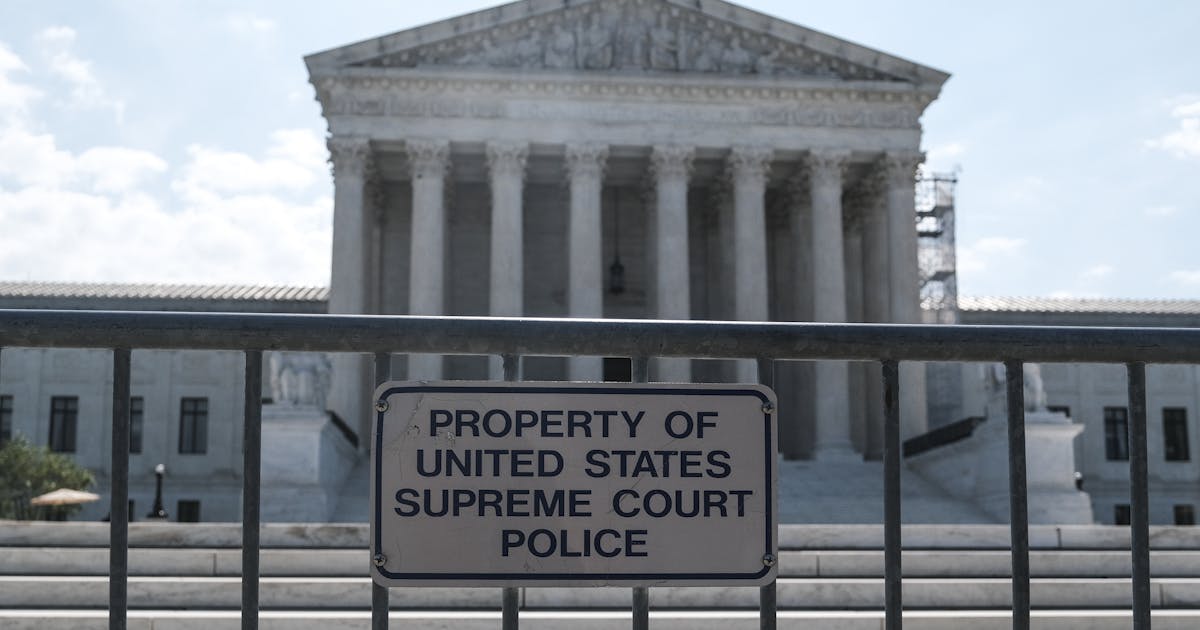
To Chevron’s defenders, this approach merely formalized what had already been the long-standing practice of the federal courts. Among them at first was Antonin Scalia, who joined the court after Chevron was decided. “Congress now knows that the ambiguities it creates, whether intentionally or unintentionally, will be resolved, within the bounds of permissible interpretation, not by the courts but by a particular agency, whose policy biases will ordinarily be known,” he explained in a 1989 lecture.
Chevron deference also had its fair number of critics in conservative legal circles. Many of them saw the doctrine as an abdication of the judicial branch’s responsibility to interpret the law. Roberts’s decision is replete with references to the importance of the federal judiciary and its paramount role in interpreting statues. “In the foundational decision of Marbury v. Madison, Chief Justice Marshall famously declared that ‘it is emphatically the province and duty of the judicial department to say what the law is,’” he wrote at one point in his opinion.
Because of that criticism, Friday’s ruling came as no great surprise. Most of the court’s conservative justices had already voiced criticism of Chevron deference. They relied on it in fewer and fewer cases and, in some instances, outright ignored it when it would otherwise be relevant. In Loper Bright, the court could have ruled that the agency’s interpretation of the law was not “reasonable,” thereby bypassing questions about Chevron deference itself. There was good reason to believe this: The law in question, for example, explicitly authorized the NMFS to require companies to fund observers in specific circumstances, and monitoring Atlantic haddock populations wasn’t among them.